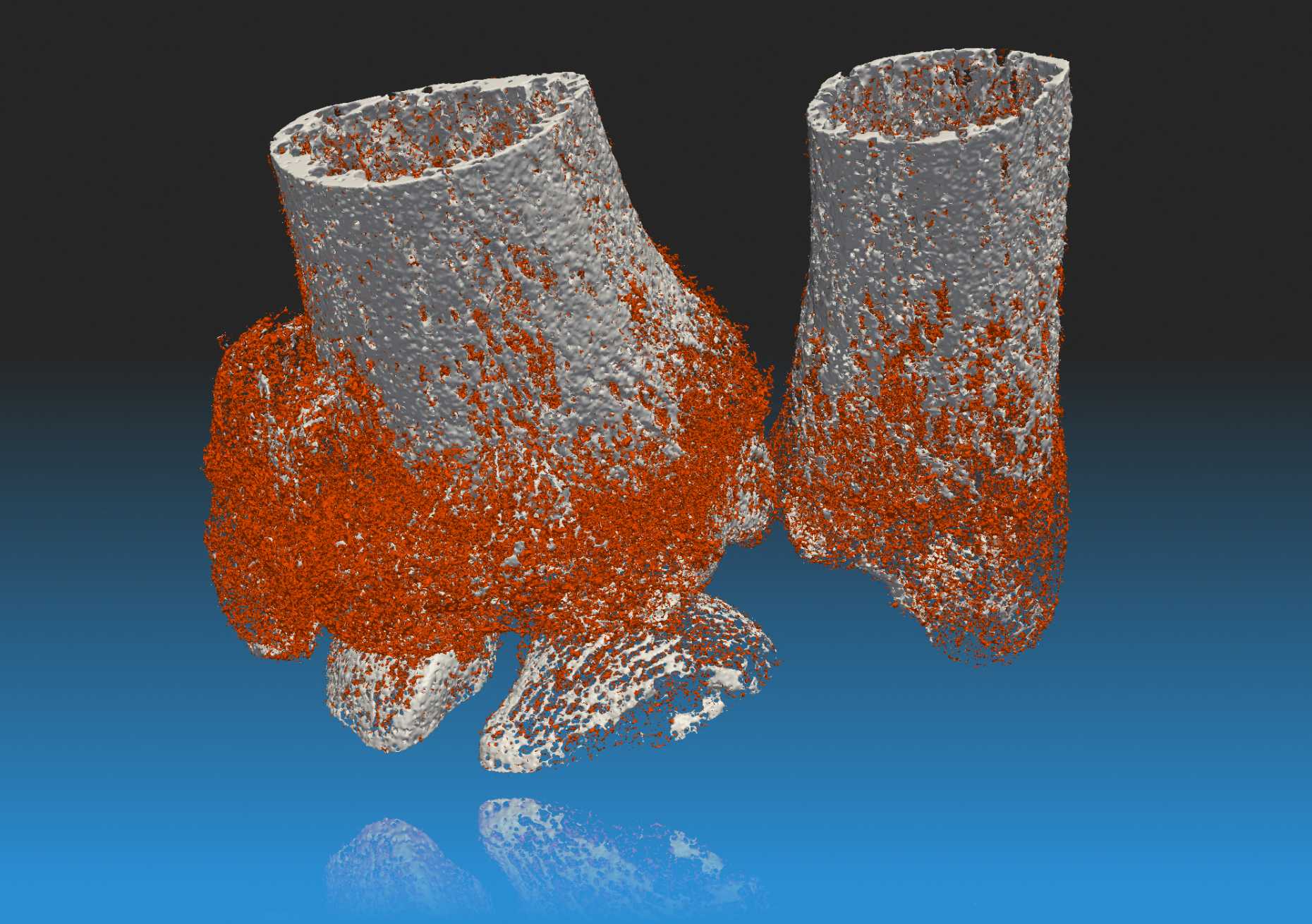Computational multiscale Modelling of Bone Fracture Healing Mechanobiology
Bone fractures are a common disease and become an increasingly serious health issue in our aging society. Most of the fractures heal without any complications due to the remarkable ability of bone to regenerate itself, but approximately 5-10% of the cases show delayed healing or only partial healing referred to as non-union leading to expensive and painful secondary interventions. Local mechanical tissue loading is a major regulator of the cellular activities in the healing process that might provide a unique therapeutic target. However, it still needs to be elucidated whether such a mechanobiological control of bone cells exists and which signalling molecules are involved in this control in human bone fracture healing. Therefore, in this project we will develop and utilize computational multiscale simulations of the fracture healing mechanobiology and its comparison to in vivo patient measurements to explore this control mechanism.
The first aim is to develop a computational multiscale model of human distal radius fracture healing incorporating the mechanobiological control on the molecular and cellular scale affecting changes on the tissue scale. The bone microstructure as assessed with in vivo high-resolution peripheral quantitative CT (HR-pQCT) will be included as well to simulate changes occurring at the tissue scale due to molecular and cellular mechanobiological control. The second aim is to compare the simulated healing with time-lapse in vivo HR-pQCT measurements of the healing process in patients. This comparison will show whether bone cells are indeed triggered by mechanical loading during fracture healing in patients. We have discovered mechanobiological control in healthy bone remodelling and thus expect fracture healing to be controlled in a similar way. Due to the dominant role of mechanical loading in fracture healing, we also expect that mechanobiological control is sufficient to simulate bone formation during the healing process. The third aim is to explore the effects of alterations of mechanobiologically relevant cells and signalling molecules on the healing at the tissue scale with the newly developed computational multiscale model.
The proposed research would improve our understanding of bone fracture healing in humans and thus significantly contribute to improve fracture patient care. It will furthermore guide future studies exploiting mechanobiological control in mechanical treatments.

